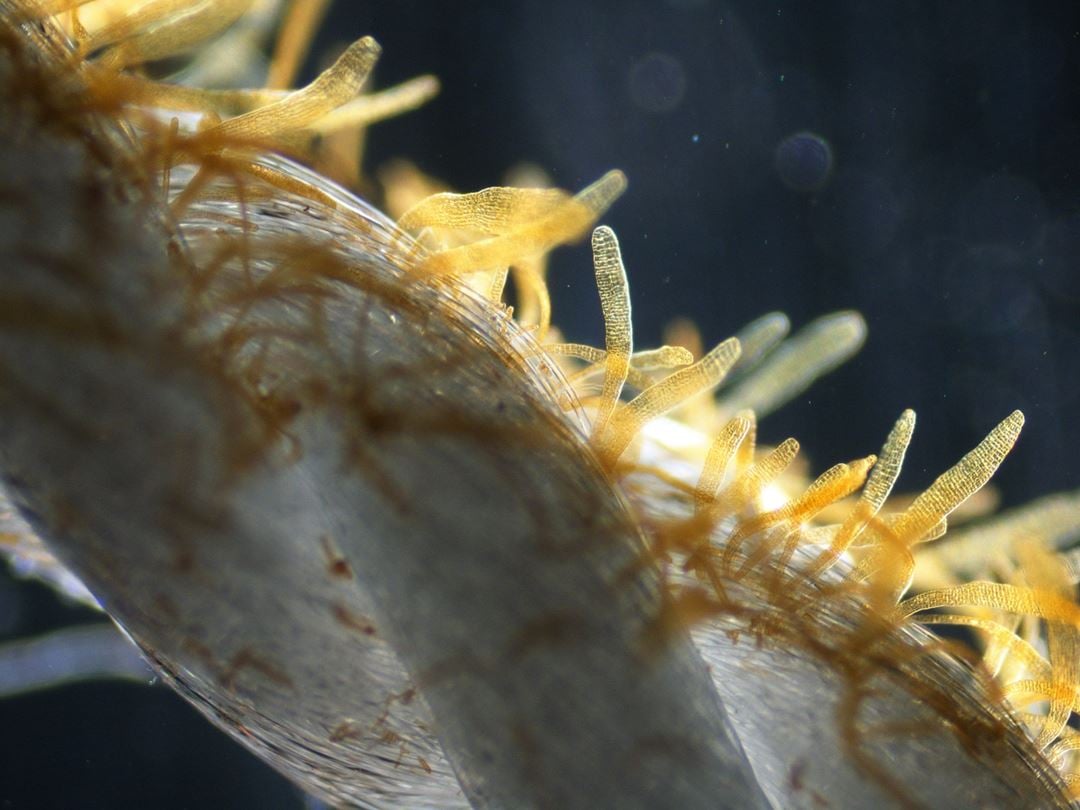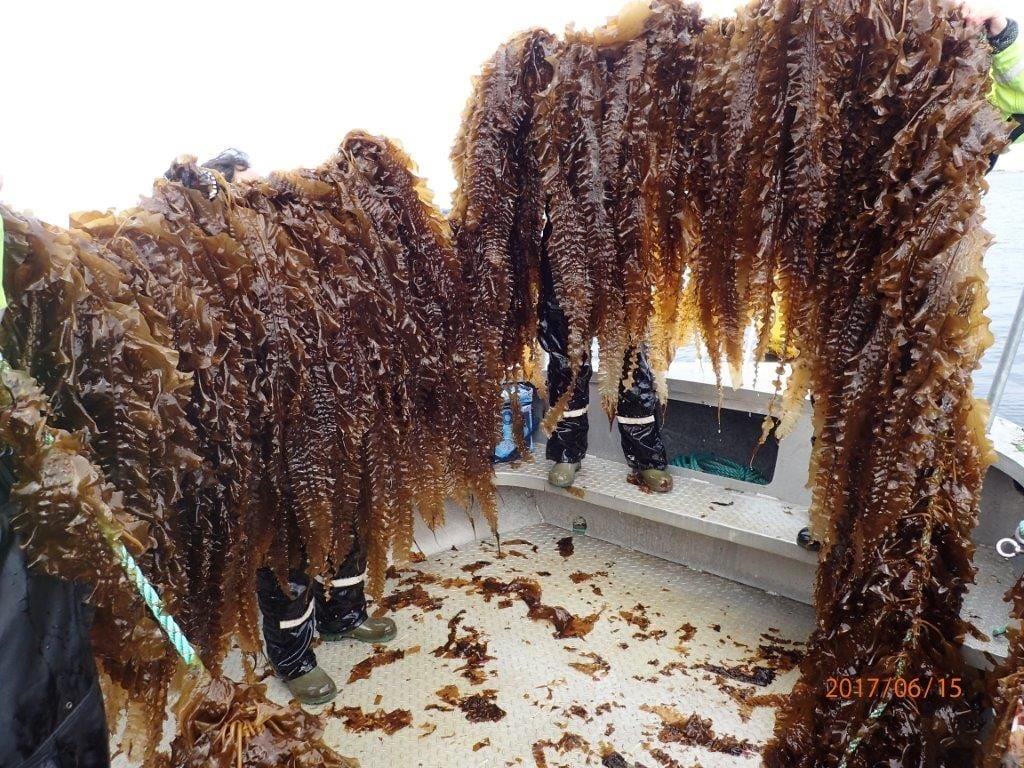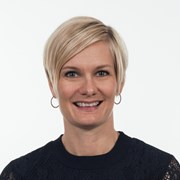Macroalgae (seaweed) has many applications in food, feed, medicine, bio-actives, materials, chemicals and energy. Cultivation of macroalgae is especially suitable at the Norwegian coast and the recent years a new industry based on seaweed farming has established in Norway. The brown, large kelps are especially good candidates for large biomass production. As marine primary producers, only using sunlight, CO2 and dissolved nutrients from the seawater, cultivated macroalgae represents a sustainable and environmentally friendly biomass for the bioeconomy. Macroalgae cultivation is also an opportunity for development of climate positive products and solutions, either by replacing products based on fossil feedstocks (fuel, plastic) or feedstocks produced under less climate friendly conditions than macroalgae (protein concentrate), or by different solutions for CDR (Carbon Dioxide Removal).

More mechanisation and automized solutions are prerequisites for industrialisation of the macroalgae cultivation in high-cost countries. SINTEF Ocean develops new technology for up-scaling along the whole value chain of cultivation and possess species-specific competence for all processes land-based farming, seedlings production, sea-farming, harvesting, chemical characterisation, storage, processing, product development and climate positive applications. We use ocean models to identify the potentially most productive sea areas and to predict effects on the environment and climate.


